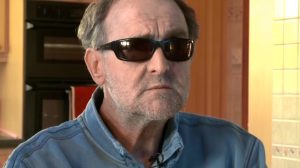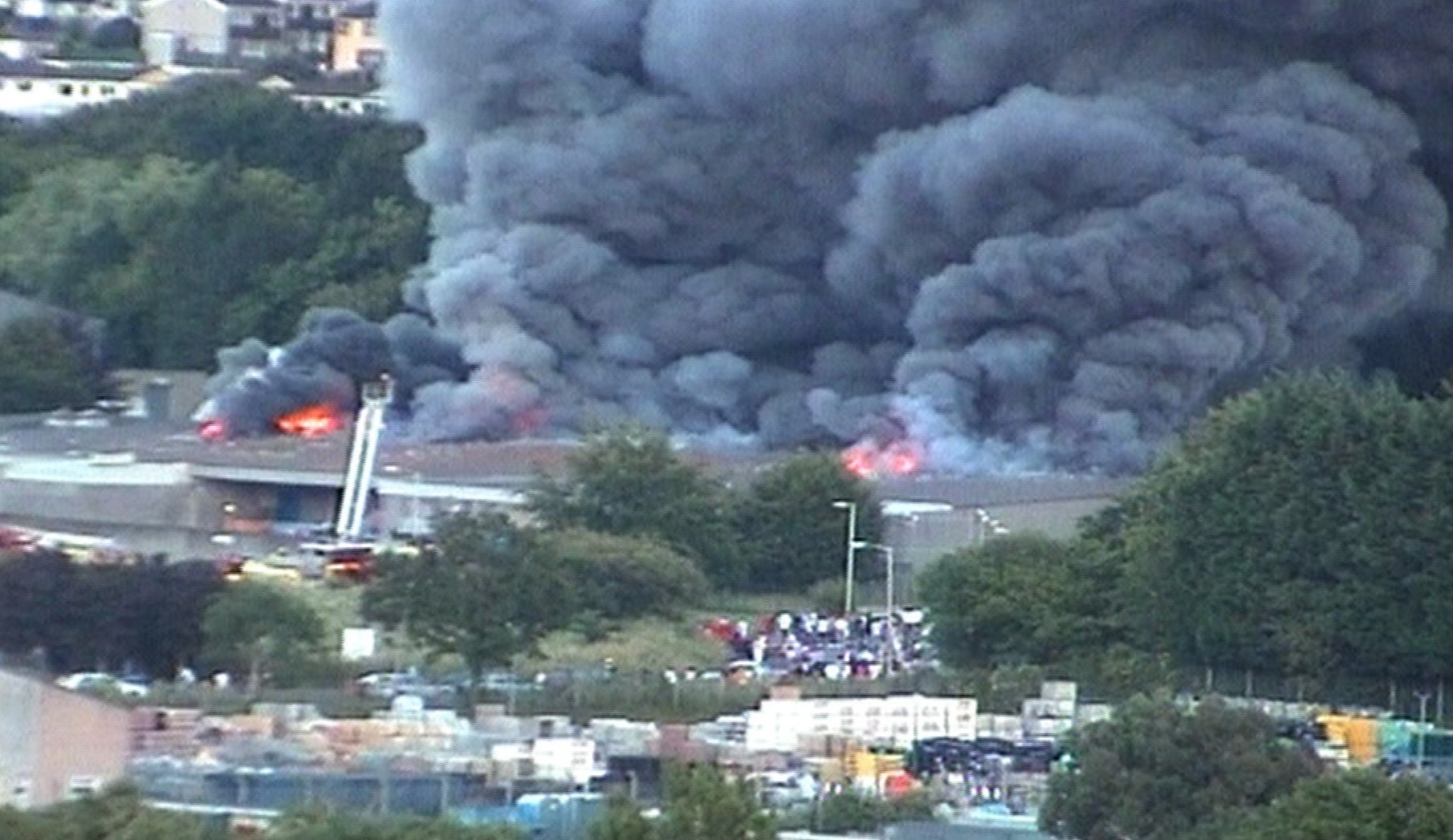In the current economic climate, spending money isn’t going to be at the top of the ‘to-do’ list. But when you realise what one accident could cost, investing in safety training is by far the cheaper option.

In the case of Ken Woodward, after the accident in which he lost three of his five senses, the company he was working for was fined under COSHH regulations. It is estimated that after lost production time, compensations and fines the company took a total financial loss of £2.6 million.
After the accident, they changed their systems and procedures and introduced their Zero Accident Behaviours (ZAB) programme, using Ken and Lattitude Safety consultant Martin Woodall to change the way they thought about and acted upon safety. One site not only stopped their annual fatality record but had a motivated workforce that increased productivity by 15%, working safer than ever before. The company went from a “Chase the case” culture to a safe behaviours culture.
A relatively small investment in high-quality safety training can reap massive financial benefits.
It was only down to the sheer size of the company that they were able to absorb the costs of Ken’s accident. Although, an accident large enough can take down even the most stable of businesses.
For example, Toby Hill worked for Hilliers of Plymouth, a pie factory with a workforce of 350, supplying pies for Asda. Overnight, the majority of those 350 were made redundant by an accidental fire. The cause was later found to entirely preventable; residue on a conveyor belt that caught fire as it went through a sausage roll machine.

The consequences of the fire, although thankfully no one was injured in the blaze, were catastrophic. The full effects are outlined in the safety training film Shutdown, in which Toby talks about the financial impact on everyone involved.
After seeing how devastating an accident can be, it really leaves us with just one question; can you afford not to invest in safety?
For more information about Lattitude training films, click here.
